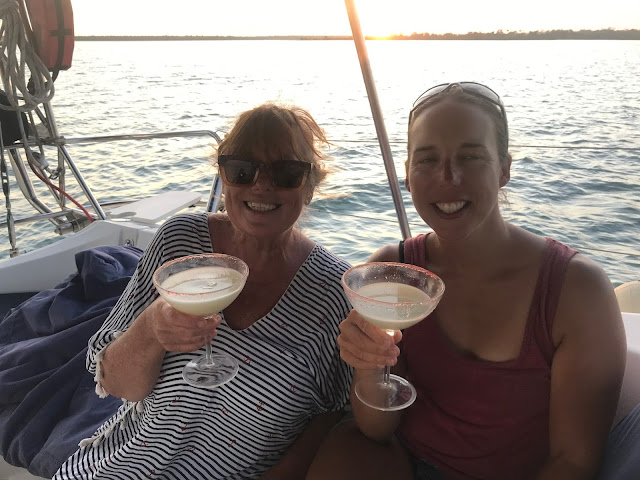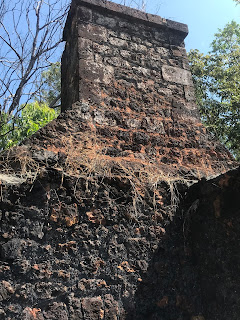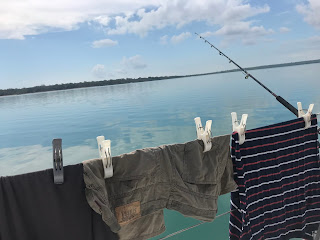Port Essington is an enormous, sheltered inlet on the Cobourg Peninsula
in the Garig Gunak Barlu National Park, Northern Territory. The surrounding waters
of the Arafura Sea and Van Dieman Gulf. Travelling these remote areas affords us a greater appreciation of the cultural history of Australia.
Indigenous, Macassan traders, maritime seafarers, explorers and European Pioneers have all left their mark on this land in varying ways.
Some the oldest collected Bark Paintings and artifacts of our first nation peoples, displayed in Museums are from this area. Collected and taken back by Europe by early settlers and explorers.
The original and continuing inhabitants of the area are the Madjunbalmi clan of the Ngardigawunyangai First Nation people. The Archaeologists generally agree that Aboriginal people have been living in this area in excess of 40,000 years.
From at least 1700 through to the early twentieth century fisherman from Macassar (on what in now called Sulawesi in Indonesia) were frequent visitors to Northern Australia. They cam for Trepang,(sea cucumber), which they traded with China.
Strong relationships were built with the people of Arnhem Land by the Macassans, which resulted in some local tribes people travelling back to Macassar. Some words from the Macassar are still evident in the local indigenous language.
Indonesia Cattle Banteng were also introduced in this area.
Able Tasman explored the area in 1644 as did Mathew Flinders in 1803.
The Early British Garrison Settlement of Victoria in 1938 only lasted 11 years. Fort Wellington only 2 years.
Victoria Settlement was doomed for failure and its history is confronting as you walk around the ruins imagining what life would have been like for these early settlers and convicts. The harsh conditions of heat, cyclones, diseases, isolation, water shortage and a lack of support by the British government all contributed to the failure of this settlement.
It is reported by the indigenous shared knowledge and story telling, that the local tribe wept when they departed.
Much has been written on the history of these early colonies in the far north and I encourage anyone who is interested in history to look up the many websites that retell the stories and research conducted over the past century of Port Essington.
A resource link below that I use has many articles of maritime history and general knowledge history.
https://www.pastmasters.net/victoria-settlement.htm
We checked in with the Park Ranger at Black Point via radio and visited the cultural center which houses artifacts and murals depicting life and history of the port.
 |
| Aerial Photo of Rangers Station |
 |
| The Old Jetty Point Black |

Fuel can be purchased at the rangers Station and a small camping ground is also located on the point. An old jetty is still in place and we made use of the rubbish disposal facilities. A little general store is no longer operating.
We did a short walk around the nearby lagoon at Black Point
The Bird life is amazing, dugongs, 6 species of turtles, crocodiles, rays jumping out of the water, lots of sharks and an abundance of fish.
Surprises await for travelers to this area
 |
| Saw Tooth Fish |
One surprise was when Capt Teza was walking in the Mangroves to spear mud crabs, he almost stood on a Saw Tooth Fish, a protected species which is prehistoric.
We spent 4 days in this area exploring. Words and photos are not enough. It is hard to describe the feeling and experience of being in an isolated remote area of beauty
We had plenty of fish meals in the freezer but fresh is always a bonus. We only fish when we need to replenish food stocks on board.
We did go spearing for Mud Crab which is allowable in the National Park and on 2 occasions were successful.
Capt Teza and Matt waded through the Mangrove Flats, ever mindful, of the large crocodiles that inhabit these coastal waters.
 |
| Matt and Lisa Cool Change enjoying their first Mud Crab |
 |
| Sundowners - Lisa my Cocktail Buddy |
 |
| Anchored at Barrow Bay |
 |
| Sunrise to another day full of adventure and surprises |
 |
| Victoria Settlement perched on the cliffs |
 |
| remains of old stone landing jetty in the Bay |

Little Understanding of the wet seasons,cyclones and droughts of this Continent resulted in having significant impacts on the living conditions and challenges in crop and animal farming to feed a large settlement.
I find the history and stories fascinating and below is a link to a website I have been reading as we traverse this top end of Australia.
https:www.pastmasters.net/victoria-settlement.html

 |
| The Cottages |
 |
| The Kilns |
 |
| Washing in Exotic Locations |




































































No comments:
Post a Comment